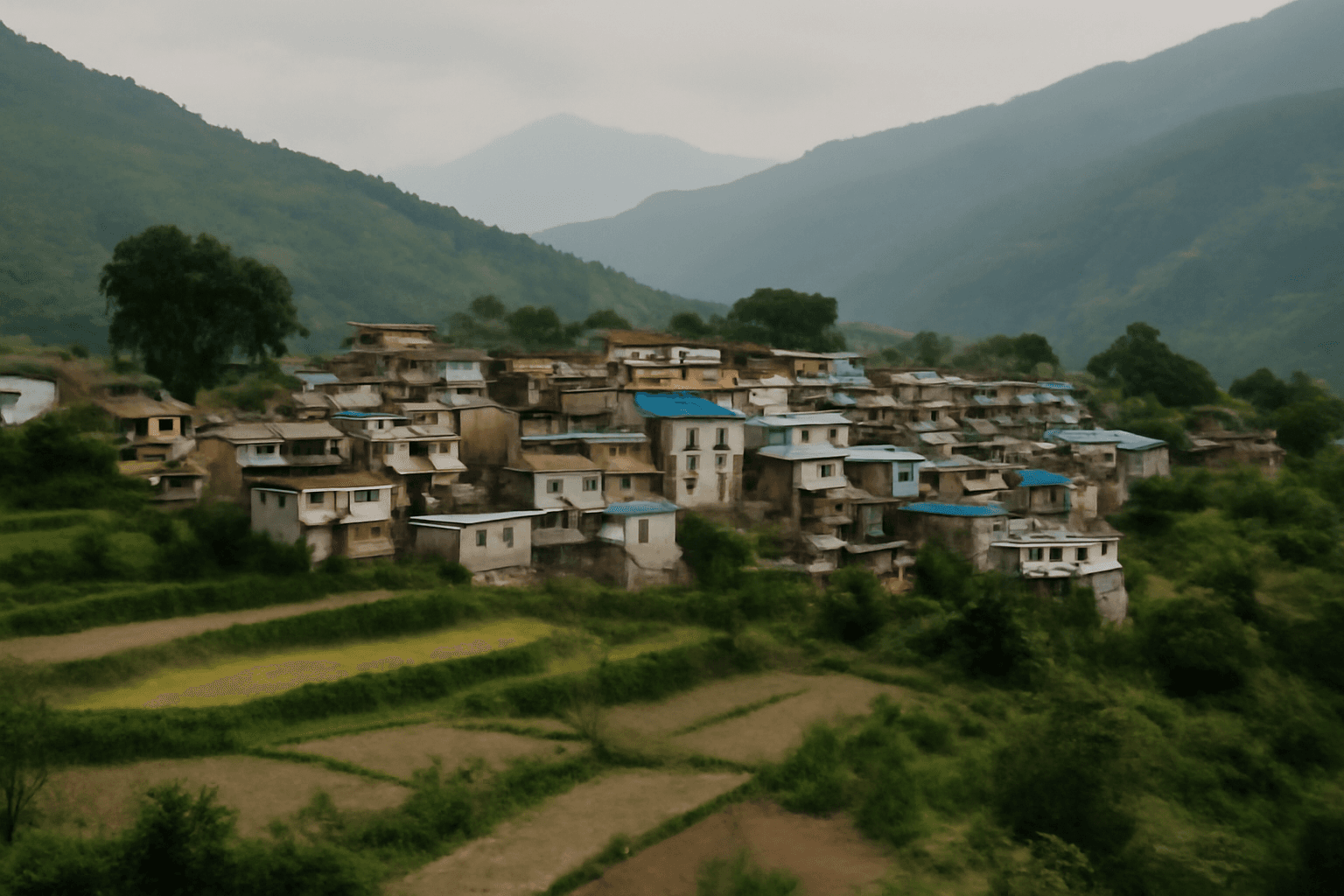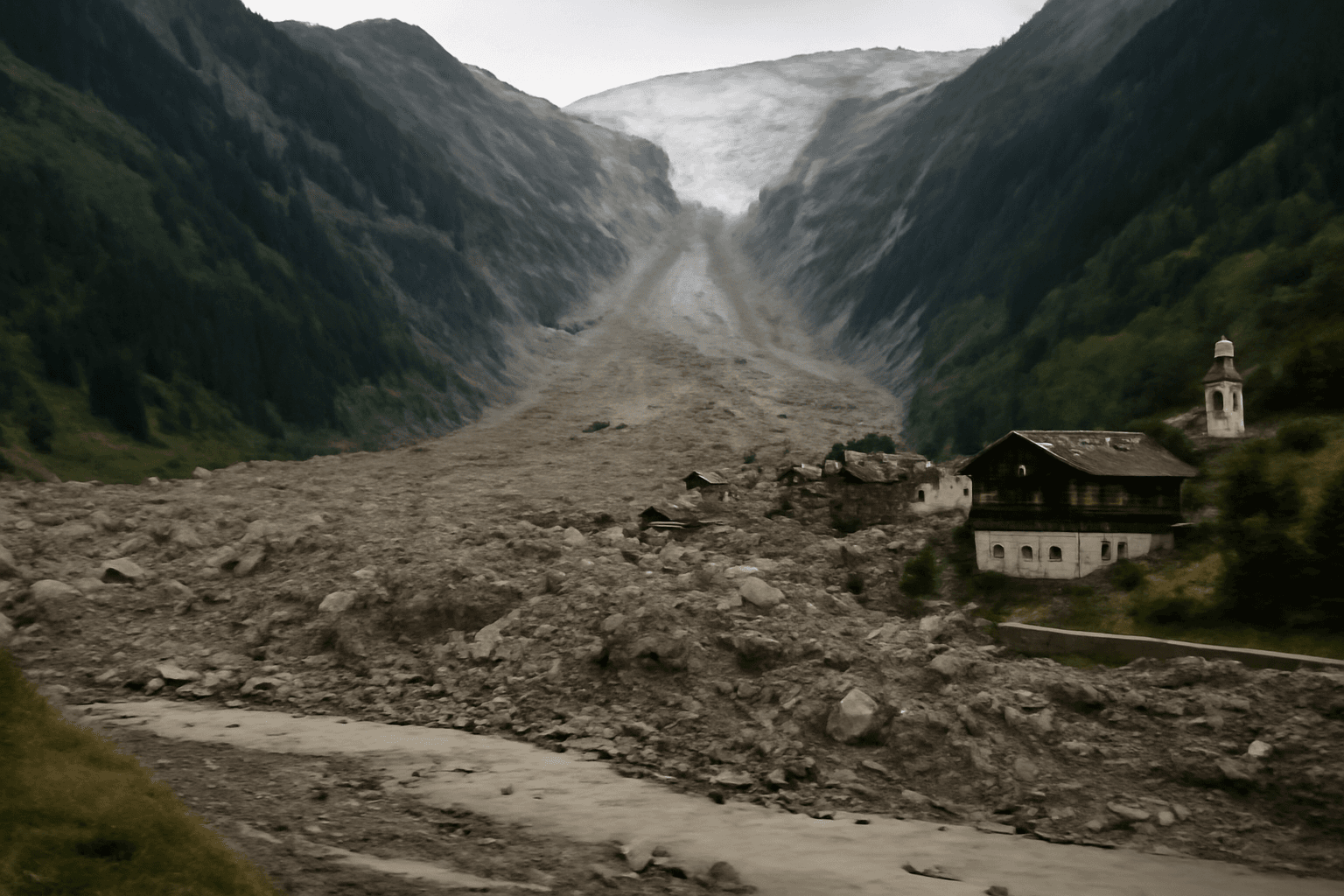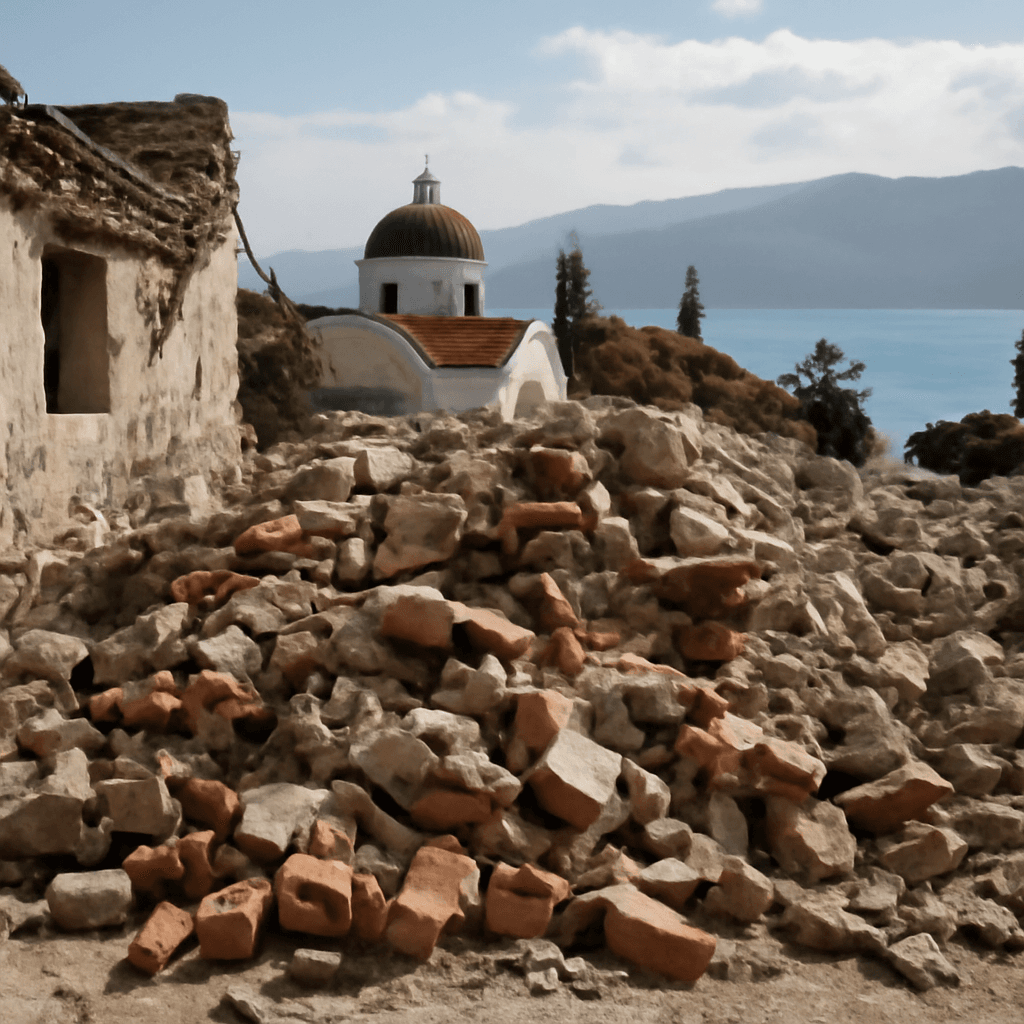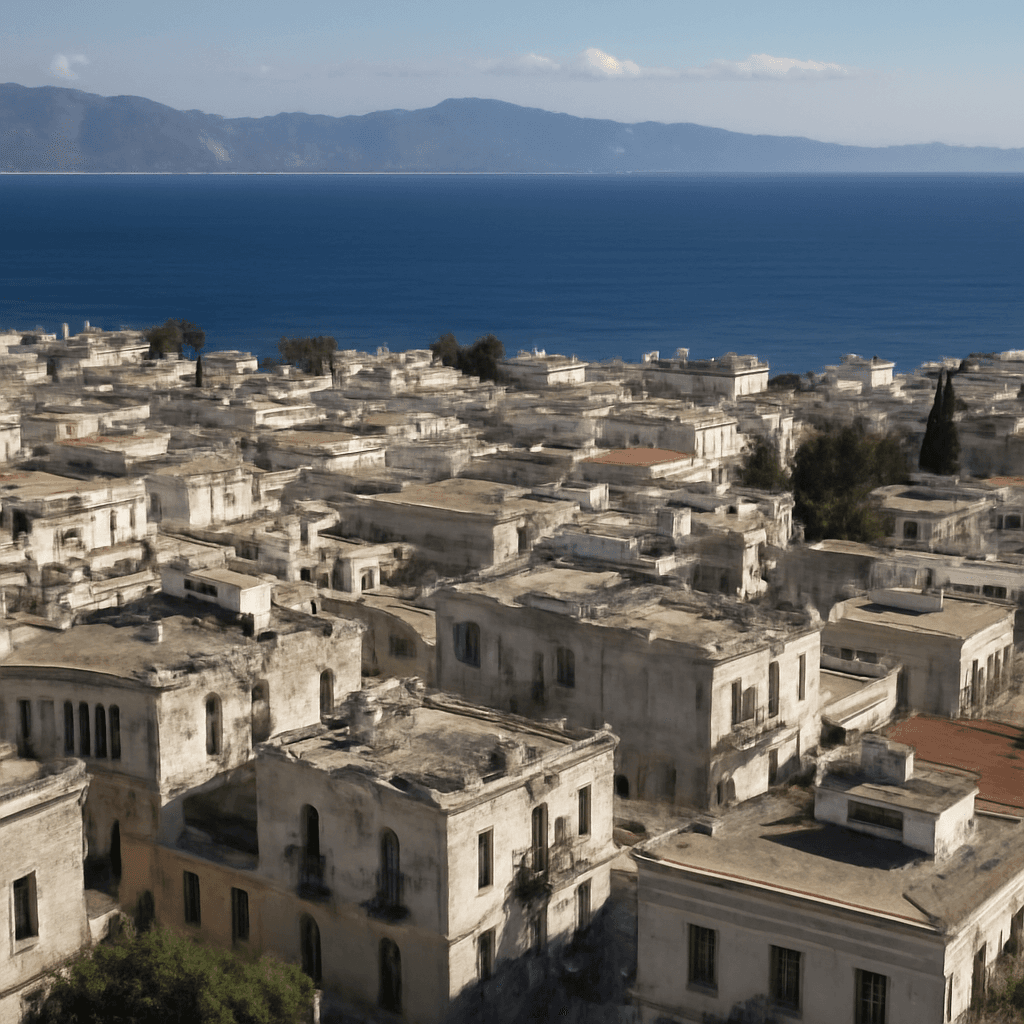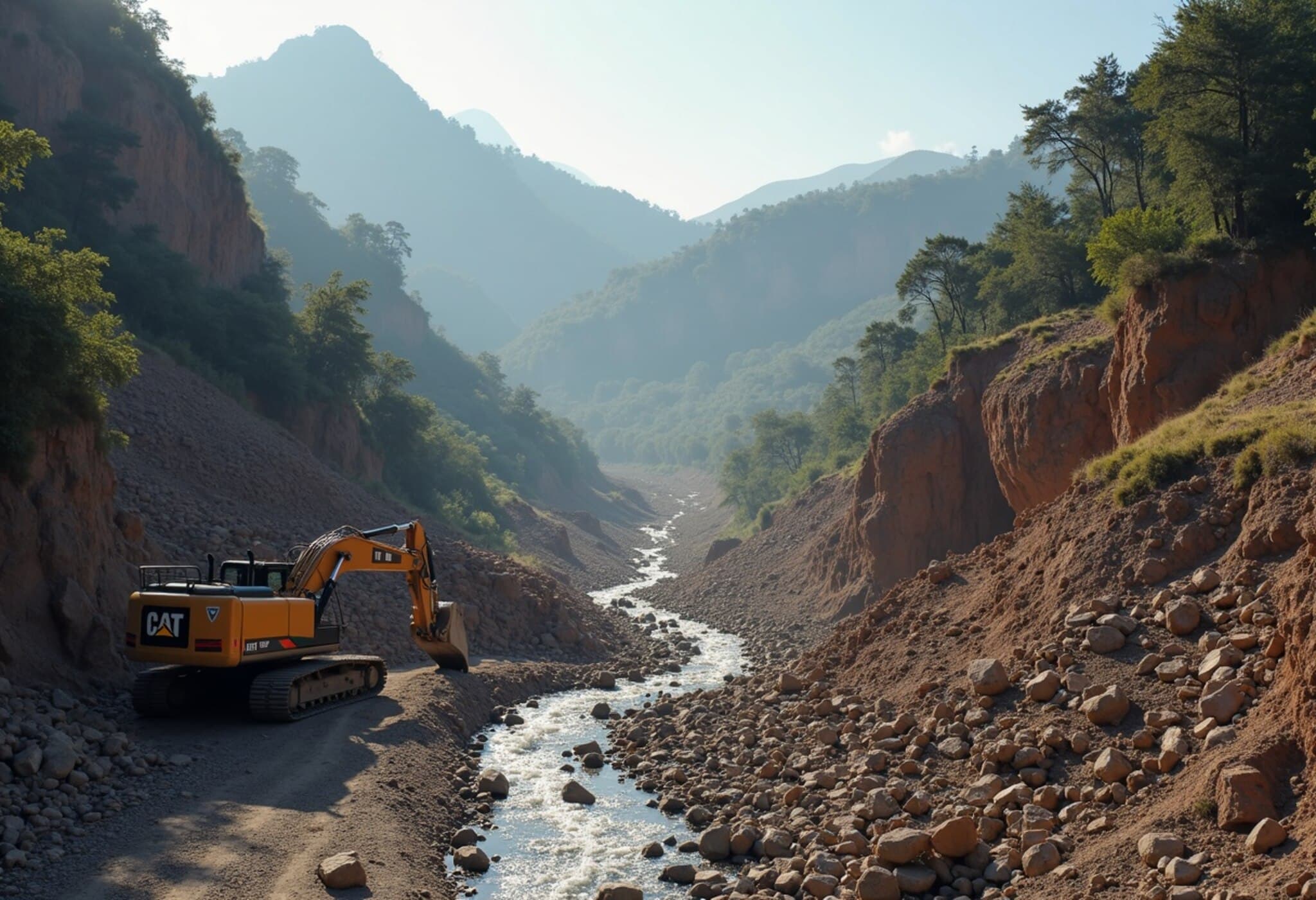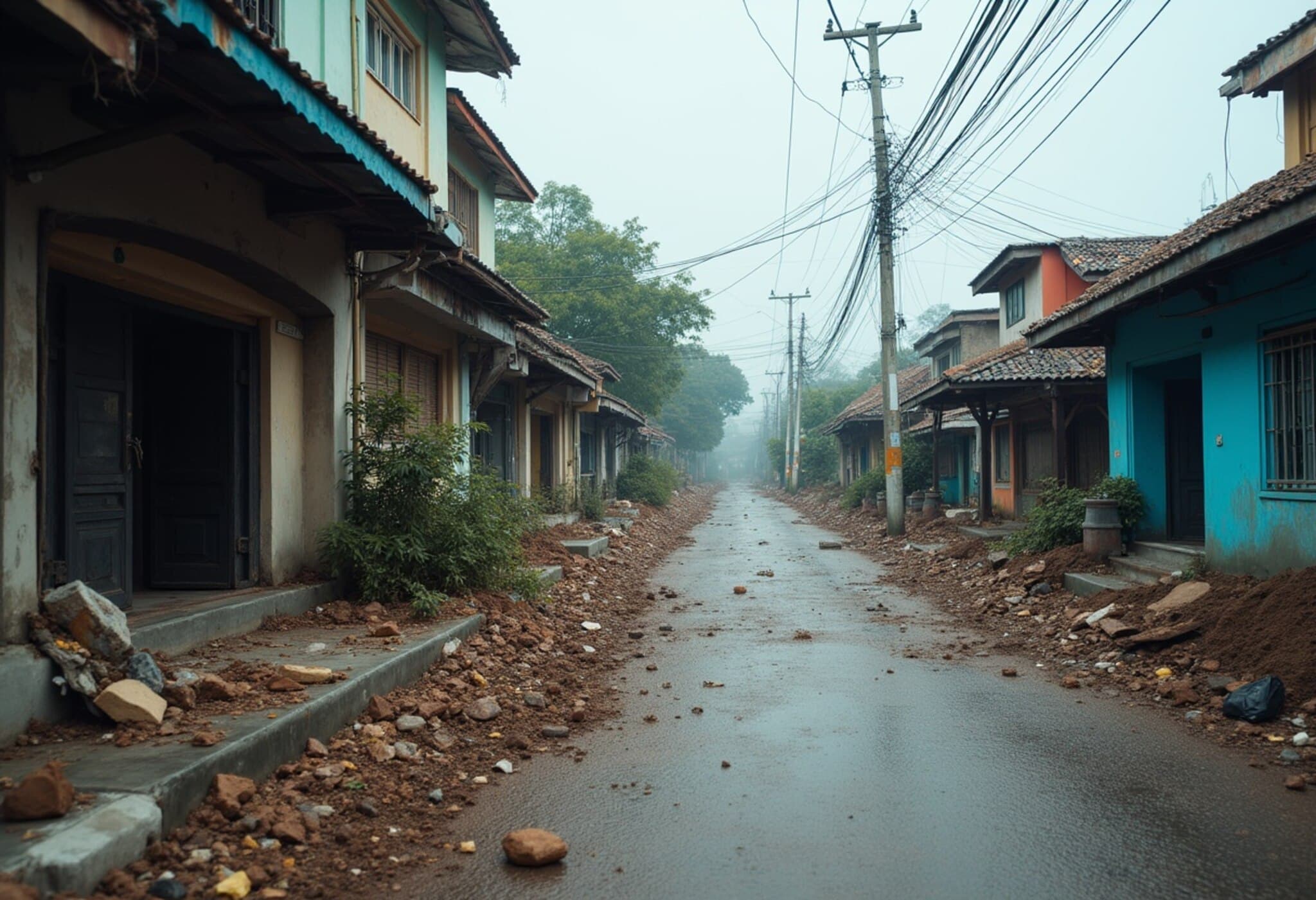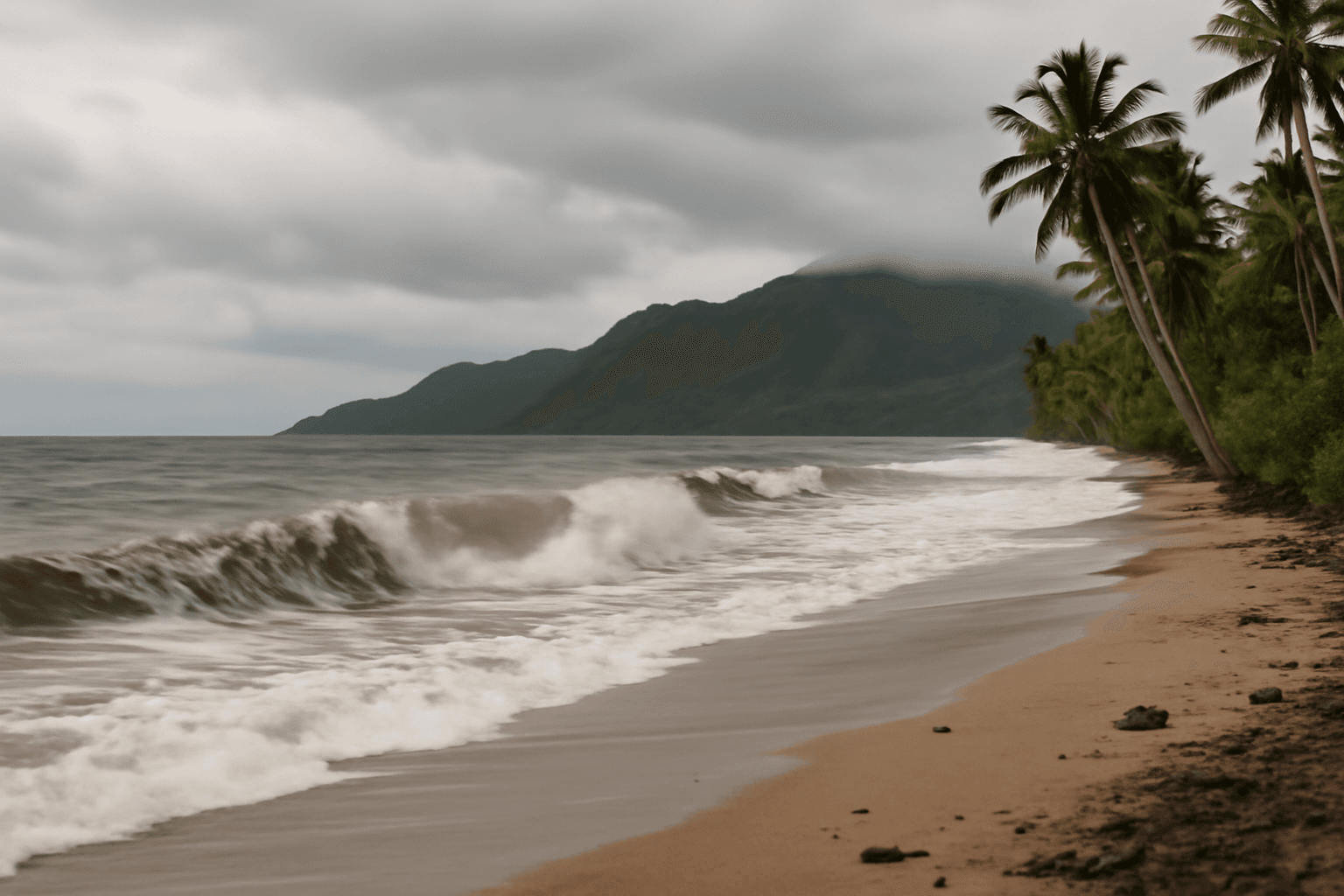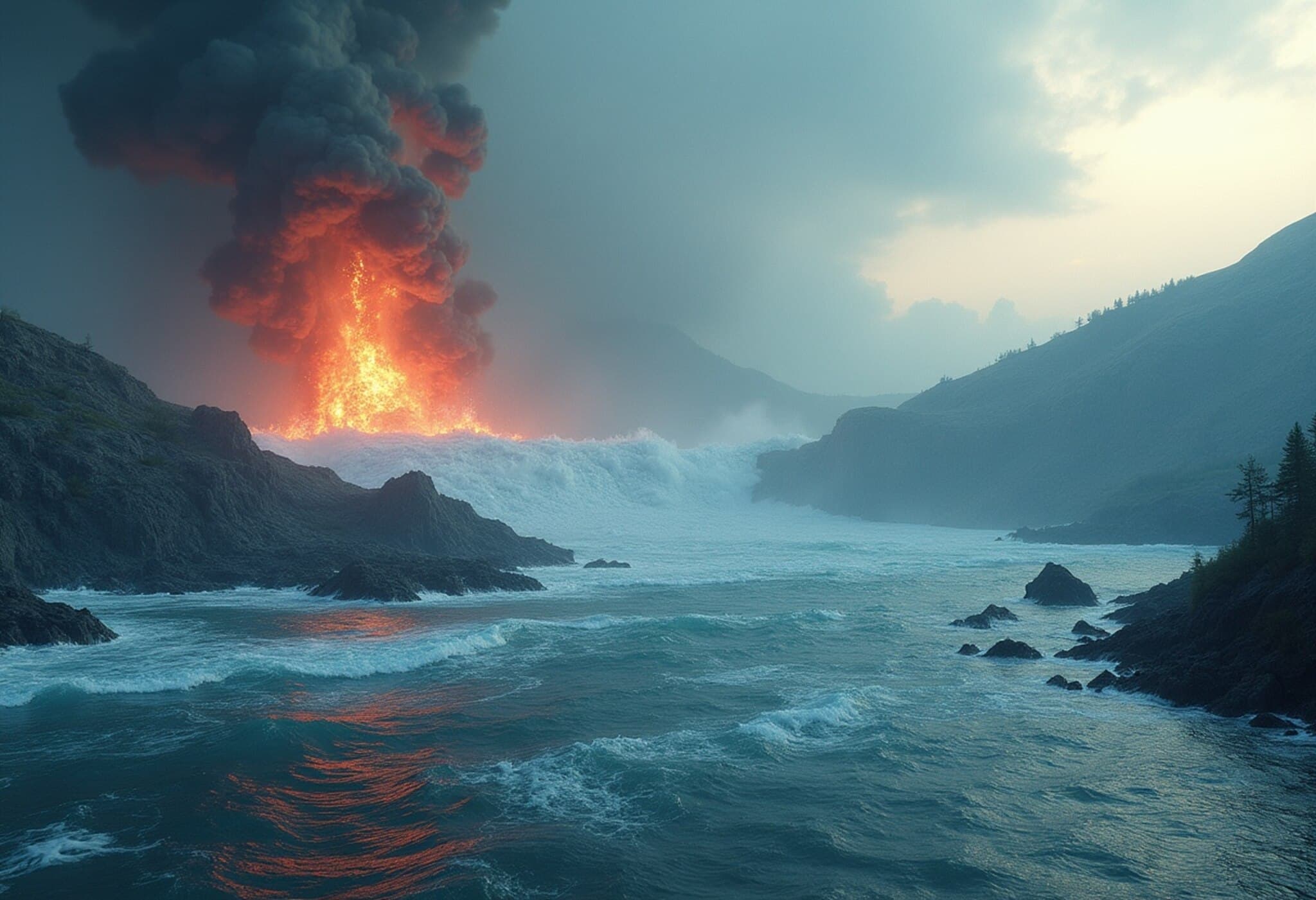Strong 7.5 Magnitude Earthquake Rocks Near Chilean Antarctic Region
On Friday evening, a significant seismic event shook the southern tip of South America when a 7.5 magnitude earthquake struck approximately 258 kilometers (160 miles) northwest of Chile’s Base Frei in the Antarctic territory. This natural phenomenon has prompted authorities to carefully evaluate the possibility of a tsunami impacting the surrounding coastal regions.
Initial Reports and Tsunami Precautions
Initially, the earthquake's magnitude was reported as 8.0 by early monitoring systems. However, the United States Geological Survey (USGS) later revised the intensity downward to 7.5. Despite the quake's strength, there have been no immediate reports of casualties or structural damage from the region. The Chilean Navy’s Hydrographic and Oceanographic Service issued a tsunami precautionary bulletin as a protective measure, particularly focusing on Chile’s Antarctic maritime zones.
Tremors Felt Beyond Chile: The Drake Passage Experience
Beyond Chile’s borders, tremors were also detected in the Drake Passage, a turbulent stretch of ocean connecting the southernmost tip of South America and Antarctica. This passage is known for its challenging marine conditions, and seismic disturbances here can influence shipping and research activities in the vicinity.
Geographical Context and Potential Regional Impact
The quake's epicenter lies over 700 kilometers southeast of Ushuaia, Argentina — hailed as the southernmost city in the world, with a population around 57,000. While Ushuaia was not immediately impacted by the seismic activity, its proximity raises concerns for potential aftershocks or related environmental repercussions.
Expert Analysis: What This Means for South America’s Seismic Risk
South America’s western edge aligns closely with the volatile Pacific Ring of Fire — an area notoriously susceptible to seismic activity due to the subduction of oceanic plates beneath continental crust. Chile, in particular, has a long history of powerful earthquakes, including the largest ever recorded in 1960 (magnitude 9.5).
Seismologists emphasize that while magnitude 7+ earthquakes are common in this region, timely tsunami warnings and preparedness systems are essential for mitigating risks to coastal communities. The Chilean government’s quick response in issuing tsunami precautions reflects the evolution of disaster management protocols informed by past tragedies.
Underreported Questions: How Prepared Are Antarctic Research Stations?
This event shines a spotlight on the often overlooked risks to Antarctic research installations. With increasingly active seismic activity near Chilean Antarctic territories, questions emerge about the robustness of infrastructure, emergency response frameworks, and coordination between international scientific teams operating in the region.
Looking Ahead: Monitoring and Safety Recommendations
- Continuous seismic monitoring: Authorities will sustain close observation for any aftershocks or subsequent seismic shifts.
- Tsunami readiness: Coastal populations, especially near the southern tip of South America, should stay alert for updates from official agencies.
- Cross-border cooperation: Regional governments including Chile and Argentina should enhance joint disaster response strategies.
- Protecting Antarctic personnel: Research stations must review safety protocols amid evolving natural hazard profiles.
Editor’s Note
This 7.5 magnitude earthquake near Chile’s Antarctic territory not only underscores the persistent seismic volatility of the Pacific Ring of Fire but also invites a broader conversation about how global climate change and evolving earth systems might interplay with these geological events. It prompts vital questions regarding the resilience of remote communities and scientific outposts against natural disasters. As authorities continue assessing tsunami risks, this incident serves as a compelling reminder of nature’s power and the ongoing need for vigilant preparedness across all affected regions.


